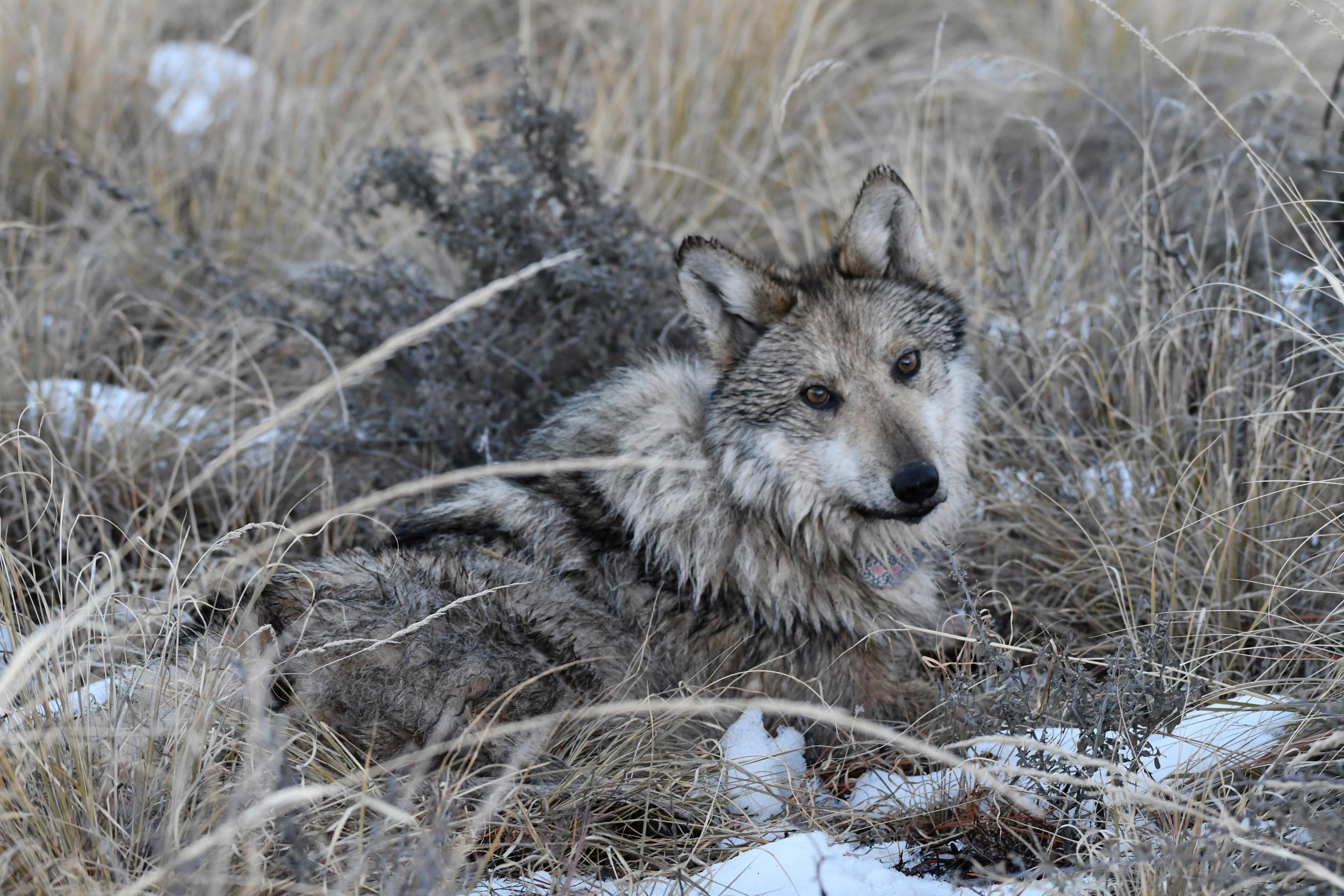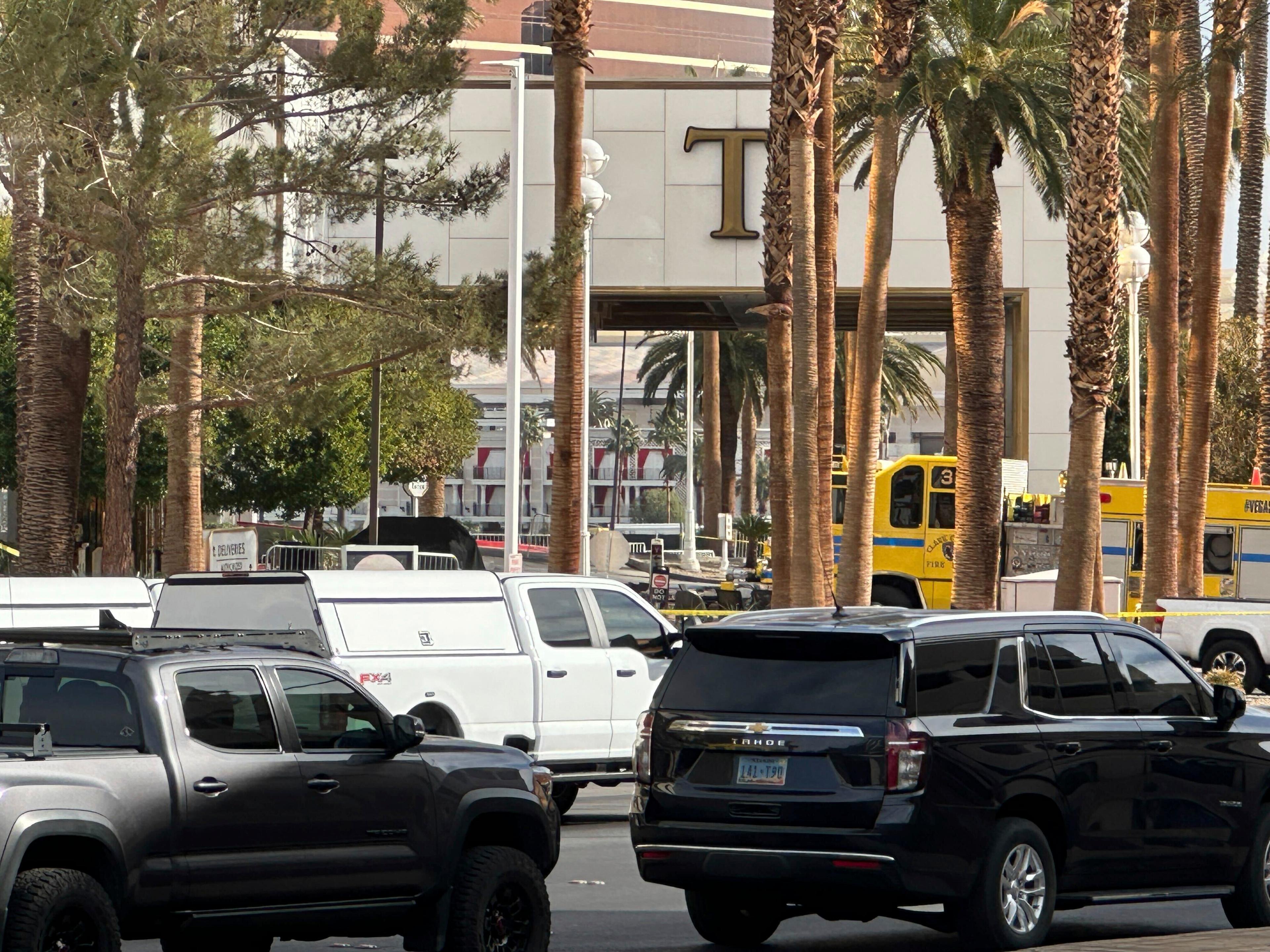Powerful storms hit both sides of the country, leaving East Coasters digging out from an early spring nor'easter on Thursday while some Southern Californians remained alert to the potential of flooding and mudslides from heavy rain.
The snowstorm tapered off Thursday, leaving behind an East Coast blanketed in snow of up to a foot or more, knocking out power to thousands of residents and delaying or grounding thousands of flights.
Long Island, N.Y., was hit especially hard with up to 20 inches of snow, and officials there said the storm had left at least two people dead.
Nassau County Police Commissioner Patrick Ryder said a 62-year-old woman collapsed of a heart attack while shoveling snow and later died at the hospital, despite officers' efforts to revive her. He also said one woman died in a car crash.
Police on Long Island reported hundreds of accidents as the storm made for slick roadways.
Officials across the East Coast had pleaded with residents to stay home Wednesday, if at all possible, as the snow came down fast and hard. Widespread school and work cancellations helped residents heed the call.
But for tens of thousands of people, home was likely not a very comfortable place.
Most of those left in the cold and dark by Thursday were in New Jersey, according to poweroutage.us, which reported more than 70 thousand outages by mid-day.
Dozens of warming centers across the state were open to residents.
The weather event was dubbed "the four-easter," thanks to the one-two-three-four-storm-punch the region has withstood in less than a month.
"This has been one wild month," New Jersey Governor Phil Murphy said at a mid-day press conference. But he pointed out that the electricity woes this time around were nowhere near the 300 thousand outages residents endured in another recent storm.
In early March, another nor'easter, with wind gusts of up to 70 mph, left around two million people in the cold and dark across the Northeast.
Thursday was a recovery day for airlines, but still, thousands of flights into and out of the country were cancelled or delayed, according to flightaware.com.
Amtrak service remained disrupted on Thursday, with the Acela Express cancelled between Washington, D.C., and Boston. Officials said they expected service would be mostly restored by Friday.
Meantime, in Southern California, mud and debris flow remained a threat as several inches of rain from a powerful storm fell in a region ravaged by recent wildfires.
In the La Tunya Canyon area a portion of hillside had collapsed on Thursday. Los Angeles County officials said no structures were damaged as the land gave way.
Thousands of residents in parts of Santa Barbara, Ventura and Los Angeles Counties had been ordered to evacuate earlier in the week.
Authorities were looking to get ahead of the weather, especially following the January mudslides in Montecito that left 21 people dead.
Some mandatory evacuations were lifted by Wednesday night in parts of Los Angeles County.
But with the rain coming down as fast as an inch per hour or more in Santa Barbara County on Thursday, officials warned residents not to let down their guard.
"The present wave of this storm is much stronger and more dangerous than what we have experienced over the last 24 hours," Rob Lewin, Director of the Santa Barbara County Office of Emergency Management said in a statement. "This is a very serious situation."
Several areas reported daily rainfall records, according to the Associated Press.
The National Weather Service said a flash flood watch remained in effect Thursday for all of the recent burn areas and for San Luis Obispo and Santa Barbara Counties.
9(MDEyMDcxNjYwMDEzNzc2MTQzNDNiY2I3ZA004))








